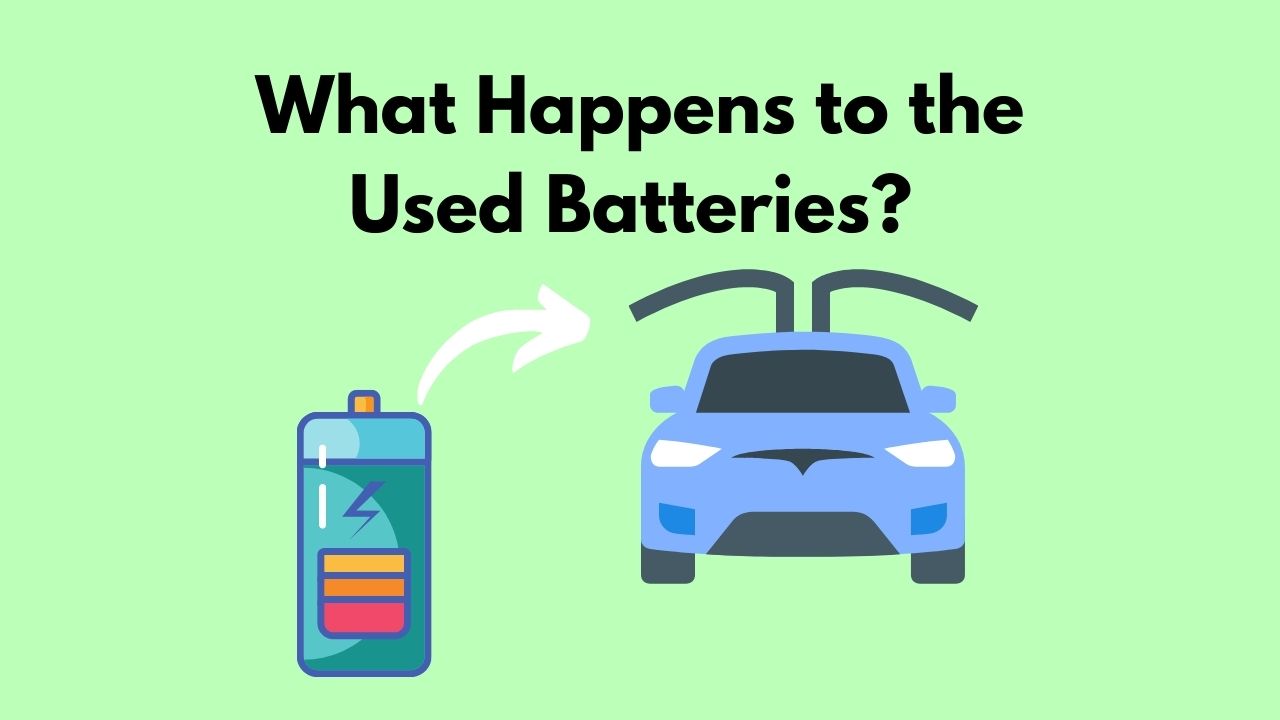Cars Are Going Electric. What Happens to the Used Batteries?
Cars Are Going Electric. What Happens to the Used Batteries?
Used electric vehicle batteries could be the Achilles' heel of the transportation revolution—or the gold mine that makes it real.
Now the automaker was expanding the recall to all 141,000 Bolts sold worldwide since 2017. Fixing them would be a massive operation. Unlike the toaster-oven-sized lead-acid batteries inside most gas-powered vehicles, the lithium-ion battery pack inside the Bolt runs the full wheelbase of the car and weighs 960 pounds. It contains hundreds of battery cells that are delicate and finicky. When taken apart for repairs, they can be dangerous, and incorrect handling can lead to noxious fumes and fires.
Spiers was a natural person to call for help. His relationship with GM had begun 11 years earlier, when he buttonholed the company’s head of development for an earlier electric vehicle, the Volt, about GM’s plan for the batteries when they broke or died. It turned out GM didn’t really have one.
Spiers turned that opening into a business that now handles the logistics of dead and dying EV batteries from every major carmaker that sells in the US, except Tesla. Spiers New Technologies takes flawed batteries and transports, tests, and—when possible—disassembles, fixes, and refurbishes them. “We get our hands dirty,” Spiers says.
When batteries can’t be fixed or reused, the company recycles some at its onsite facility. It also stores batteries. Lots of them. SNT’s main warehouse in Oklahoma City holds hundreds of electric car batteries, stacked on shelves that jut 30 feet into the air. With the Bolt recall, GM will send SNT many more.
Those batteries, and millions more like them that will eventually come off the road, are a challenge for the world’s electrified future. Automakers are pouring billions into electrification with the promise that this generation of cars will be cleaner than their gas-powered predecessors. By the end of the decade, the International Energy Agency estimates there will be between 148 million and 230 million battery-powered vehicles on the road worldwide, accounting for up to 12 percent of the global automotive fleet.
The last thing anyone wants is for those batteries to become waste. Lithium-ion batteries, like other electronics, are toxic, and can cause destructive fires that spread quickly—a danger that runs especially high when they are stored together. A recent EPA report found that lithium-ion batteries caused at least 65 fires at municipal waste facilities last year, though most were ignited by smaller batteries, like those made for cell phones and laptops. In SNT’s warehouse, bright red emergency water lines snake across the ceilings, a safeguard against calamity.

Join the conversation